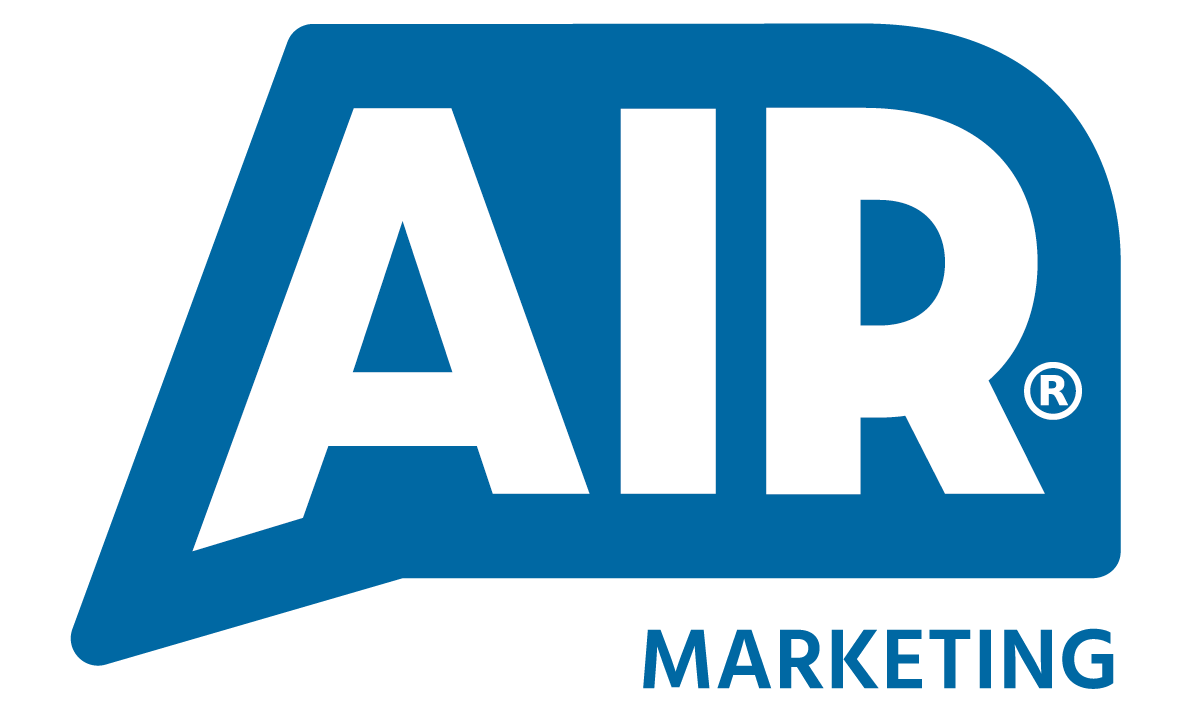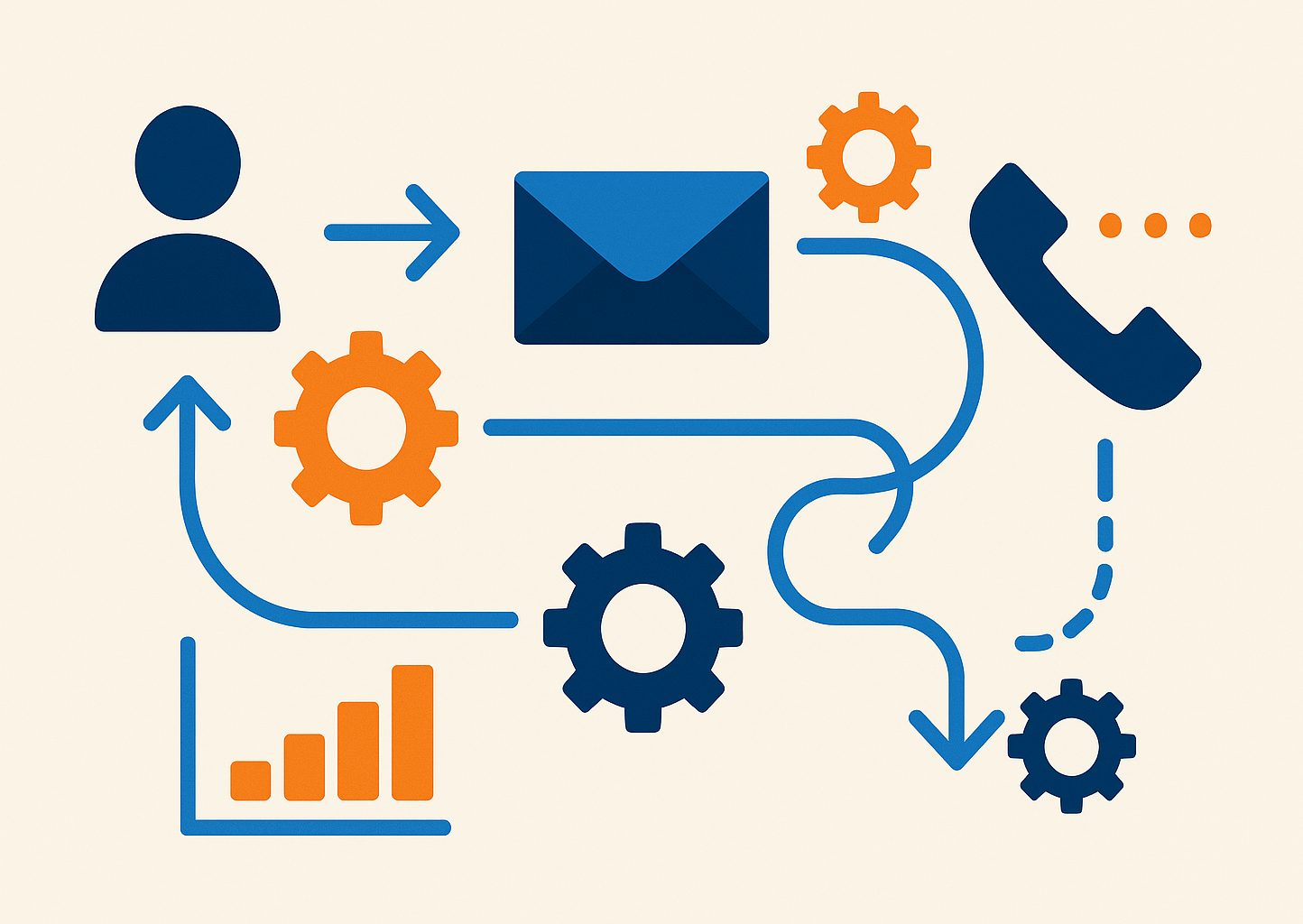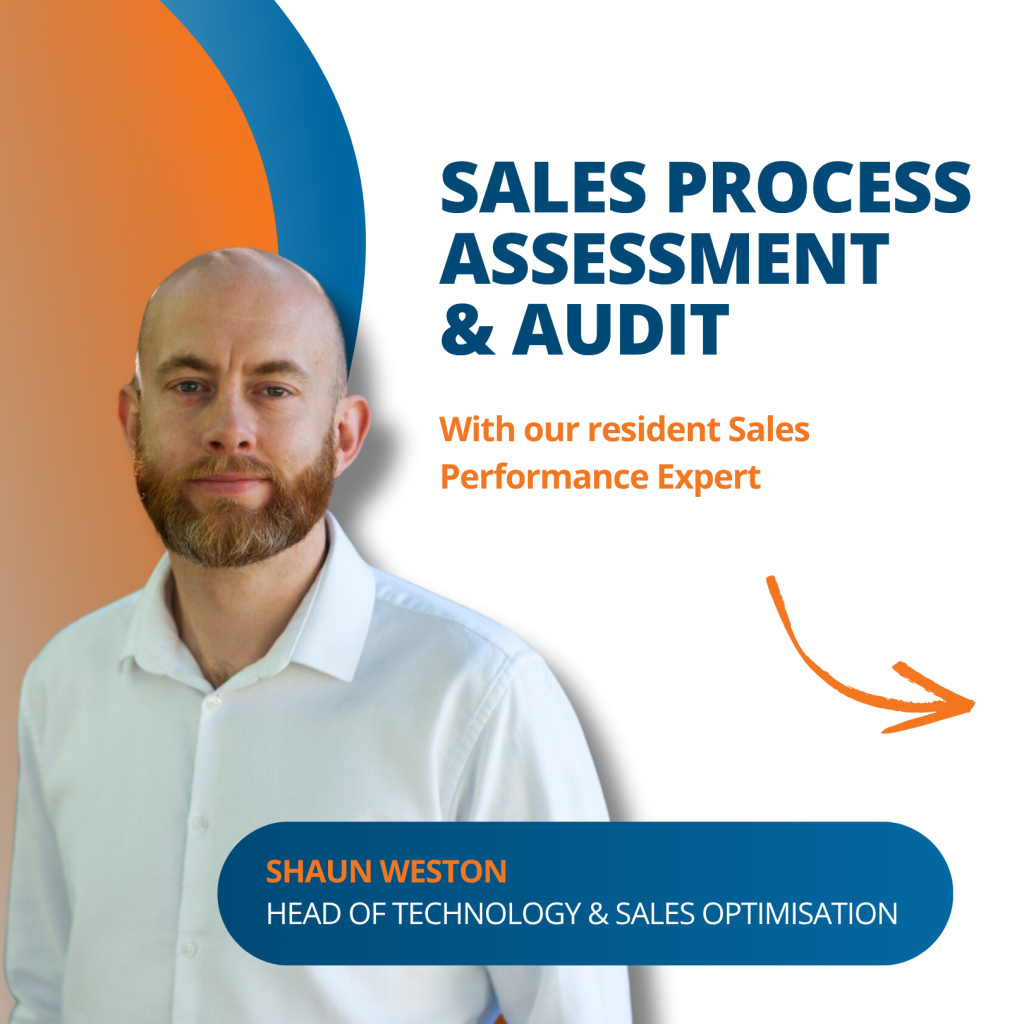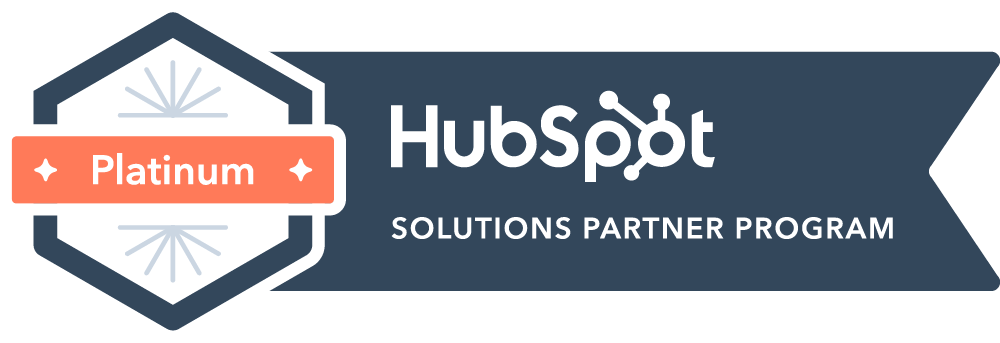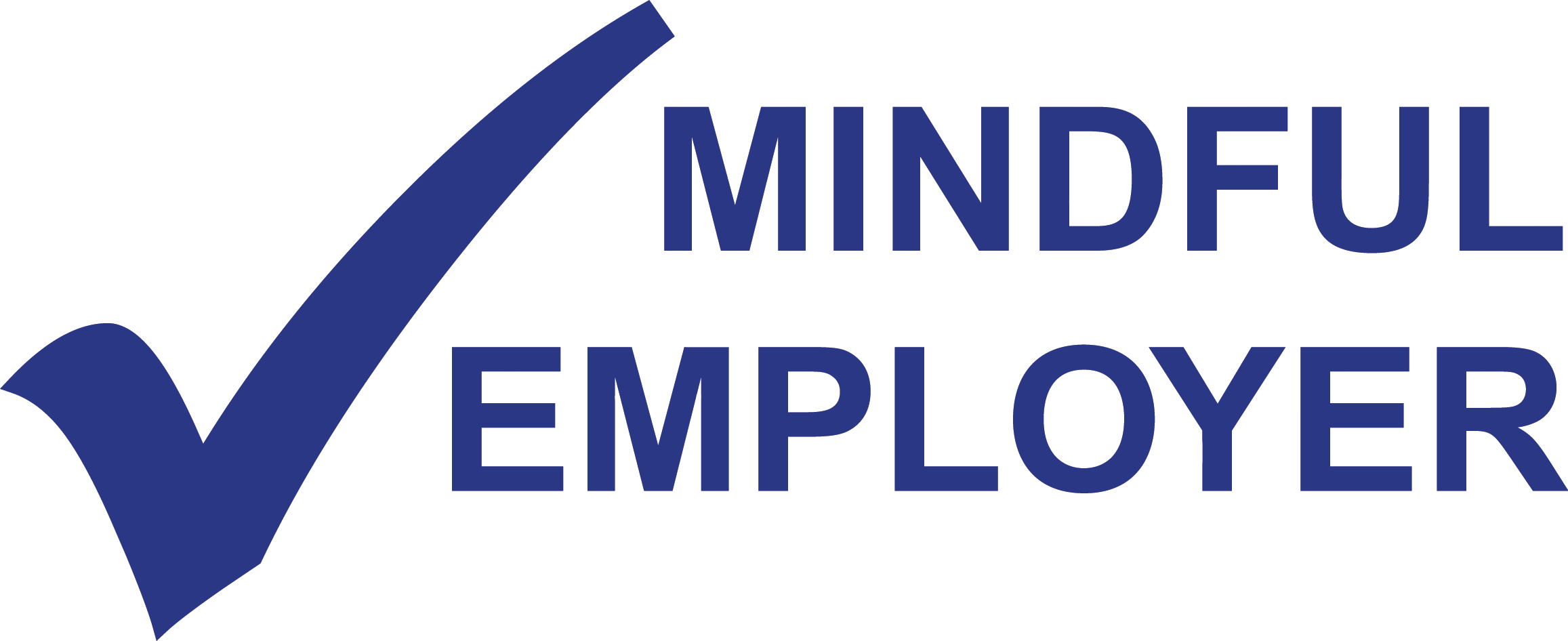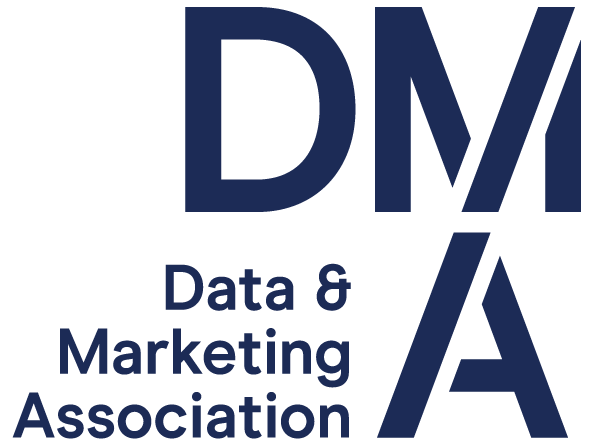Your sales team might be putting in the hours. The effort might be there. But if your sales process is misaligned, outdated, or poorly defined, that effort could be going to waste—and costing you serious revenue.
Misfires in the sales process rarely make noise. They don’t show up as flashing red alerts. Instead, they creep in: through inconsistent deal progression, disjointed messaging, underused tech, or a growing reliance on top performers just to hit target. Left unchecked, they compound into missed opportunities, inefficiencies, and eventually, stagnation.
So how do you spot the silent killers, and what can you do to fix them?
The Hidden Ways Your Sales Process Is Undermining Performance
Let’s start with the telltale signs we see most often in underperforming or plateaued sales teams.
1. Reps Are Working Hard, But Not Effectively
Without a clear, modern framework to follow, reps default to personal preference. Some chase leads aggressively, others take a consultative approach—neither necessarily wrong, but without structure, it’s inconsistent. Messaging varies. Follow-up slips. Deal cycles stretch out unnecessarily.
2. Deals Stall—And No One Knows Why
A process without well-defined stages, exit criteria or qualification standards leads to unpredictable pipelines. Opportunities linger indefinitely. Forecasting becomes guesswork. Leadership loses visibility, and the business pays the price.
3. Your Tech Stack Isn’t Working For You
You may have invested in CRM, automation, and sales enablement tools, but if they’re not fully embedded into your process, they’ll be underused or misused. Reps avoid clunky systems. Data becomes patchy. And automation? That becomes an opportunity missed, not maximised.
4. Discovery Is Shallow—and It Shows
Great discovery should uncover pain points, motivations, buying dynamics and urgency. But too often, teams still run through surface-level questions and lead with features. This results in generic proposals that fail to resonate, and a much higher likelihood of deals going cold.
5. No One Can Define What ‘Good’ Looks Like
If high performance in your team is anecdotal rather than systematic, you have a scalability problem. Without a shared understanding of best practice—supported by data, benchmarks, and coaching—you’re relying on a handful of stars, rather than building a strong, repeatable machine.
6. Sales and Marketing Aren’t Pulling in the Same Direction
A misaligned sales process can disconnect your GTM engine. If marketing is generating leads that sales doesn’t know how to convert, you’ll see friction, finger-pointing, and funnel leakage. The buyer experiences inconsistency, and conversion suffers.
7. Top Reps Are Getting Frustrated
If your strongest performers are weighed down by admin, inefficient processes, or inflexible tools, they’ll disengage. Worse, they might leave altogether. Talent retention isn’t just about culture, it’s about whether they can do their best work.
8. Coaching Becomes Firefighting
When there’s no clarity or visibility into what’s working (and what’s not), managers are left reacting to missed targets, rather than proactively supporting their teams. Coaching becomes inconsistent. Underperformance becomes harder to diagnose, and even harder to turn around.
How to Know If Your Sales Process Needs an Intervention
You don’t need a full-blown pipeline collapse to know something’s wrong. Look for these early indicators:
Inconsistent win rates across reps or teams
Low adoption of CRM or sales tools
Too many prospects ending in “no decision”
Stalled deals with unclear next steps
Difficulty forecasting or hitting targets
High rep turnover or disengagement
A vague understanding of your ICP or sales playbook
A culture of ‘gut feel’ over data-driven decisions
The Fix: Clarity, Consistency and Commercial Focus
At Air Marketing, we work with B2B sales leaders to remove the guesswork. Our Sales Process Assessment & Audit gives you a clear picture of how your sales process is performing: what’s working, what’s not, and what’s costing you deals.
We analyse:
Process design and deal stages
Sales-to-marketing alignment
Discovery and qualification techniques
CRM structure and adoption
Use (and misuse) of sales tools
Rep productivity and coaching cadence
Then we deliver practical recommendations to help you build a sales operation that works at scale—grounded in data, driven by best practice, and built to convert.
Ready to stop the silent revenue drain?
At Air, we specialise in helping businesses optimise their sales performance through a detailed review of their sales and marketing processes.
Our assessment highlights strengths, uncovers gaps, and identifies opportunities for improvement, enhancing conversion rates, shortening sales cycles, and driving sustainable growth.
